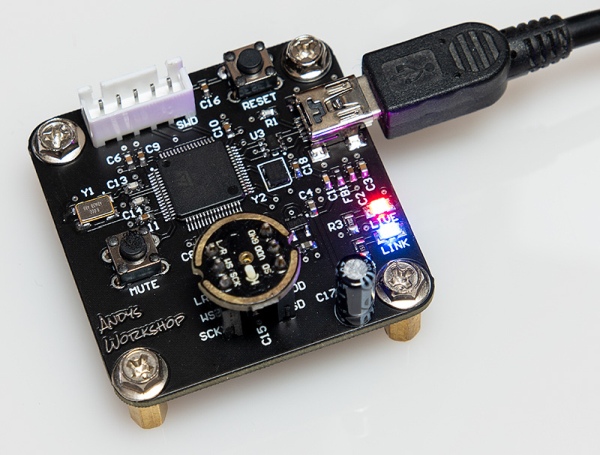Virtual desktops are used extensively in the IT sector currently due to the COVID-19 pandemic. This set-up allows the employees to work remotely and is convenient. Virtual desktops are preconfigured images of operating systems and applications in which the desktop environment is separated from the physical device used to access it. Users can access their virtual desktops remotely over a network. Andy Brown found a problem while joining meetings in his company’s Citrix-hosted virtual desktop, he observed that the video was fine but the audio frequency on the VDI was mismatched to the actual frequency on the physical device. He described that he sounded like Mickey Mouse on Helium.

The solution to this mismatch in frequency is changing the frequency on the VDI that requires administrator-level access. Andy tried installing a microphone app on his phone that acts as a USB microphone when connected to a computer. But he needed a dedicated USB microphone and so he decided to build an I²S USB microphone. He came up with two possible implementation approaches. The first approach is partly analog and partly digital microphone circuits. The second method is to design with all digital components and techniques.
First Method: Partly Analog USB Microphone
In this method, an analog MEMS microphone is used as a transducer. The signal from the microphone will be then amplified and conditioned. Next, the ADC will convert them into digital signals. This stage is necessary for performing digital signal processing. In analog signal processing, a high level of accuracy can’t be achieved as the accuracy depends on the tolerances circuit components. After processing, the signal is ready to go to the USB audio output.
Second Method: All-Digital USB Microphone
In this approach, a digital MEMS microphone is used. The microphone produces signals that can be directly processed digitally. Thus, digital signal processing is performed directly on the microphone signals and after processing, the signal is provided at the USB audio output. It can be observed that this looks like a straightforward method as compared to the first approach.
Read more: I2S USB MICROPHONE USING STM32 AND MEMS MICROPHONE
